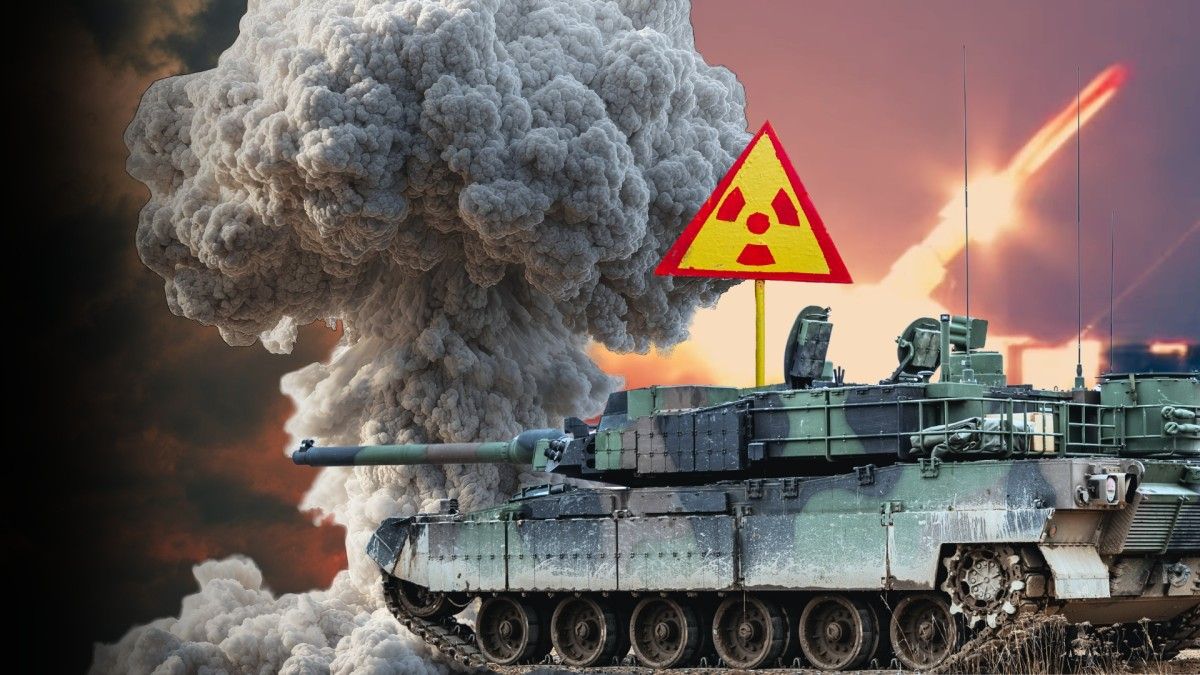The Archive of the fresh Acts was uniquely integrated into the celebration of the 80th anniversary of the Warsaw Uprising. Thanks to the work of experts from the archive, everyone can view over 10 1000 scanned papers of the National Army and the Delegation of the Polish Government into the country. Many depict the dramatic everyday life of insurgents.
Photograph from the Warsaw Uprising. Old age. Insurgents at an reflection post on the ruins of the ghetto in the area of the confluence of Bonifraterska and Świętajerska St. Date of execution: approx. 6 August 1944. photograph by Józef Jerzy Karpiński "Jerzy", source: MPW.
“Soldiers of the capital. present I gave the order you wanted to fight the eternal enemy of Poland, the German invader. After 5 years of continuous and hard fighting conducted in the undergrounds of the conspiracy, you stand open present with a weapon in your hand to reconstruct freedom and to inflict on the German criminals an exemplary punishment for the terrors and crimes committed on Poland" – this call from General Tadeusz Komorowski, published in the Information Bulletin on 31 July 1944, is 1 of the key and most celebrated papers concerning the Warsaw Uprising. Today, after 80 years, we can get acquainted with thousands of archives from that period. You don't should be a scientist with access to files in state archives. Just usage the website “Search in archives”.
Orders, reports, instructions, reports and correspondence of officers from the command structures of the National Army are only part of more than 10 1000 papers of the AK and the Delegation of the Government of the Republic of Poland to the country, which were made available online by the Archives of fresh Acts. Collections covering e.g. dispatches to the Chief Leader, situation reports and posters and calls for the Warsaw Uprising can be found on subpages: squad 2/1326 National Army and squad 2/1325 Delegation of the Polish Government to the Country.
A actual image of Fights
Viewing archives allows us to better realize the reality of the Warsaw Uprising and see precisely what challenges soldiers and civilians faced. A number of papers available present dry facts: deaths, lists of deceased and individual states, certificates, awards of PPS Police Commands, mobilization cards, etc. But in the ghastly collections of the Archives of fresh Acts we will besides find a thrilling description of events from those days.
In 1 of the situation reports (August 4, 1944) we read about the Warsawites utilized by the Germans as surviving shields: “Germany drove the population from Prague on both sides, on the front and in the mediate of the column yesterday, in order to gain its own safety erstwhile moving through the city.” In another case, we will find a description of the weapon that the insurgents had to usage in the fight against a perfectly armed occupier: “We have started production of chlorate grenades and bottle launchers, up to 40 meters of ignition”. It is besides an different experience to read handwritten and illustrated instructions for training from street fights or to watch propaganda posters (p. “Every home should become a stronghold not to travel for the enemy”, “You want to facilitate victory, take care of hygiene. Prevent epidemics), which were to form the attitude of Warsaw heroes.
Collections online
The Archive of the fresh Act (AAN) is simply a central state archive that began its operation under the decree of Józef Piłsudski in February 1919 (initially as the Military Archive). Currently, AAN has 1 of the largest collections of National Army archives in Poland, with 500 archival units from 1940 to 1945, as well as a squad of acts of the Polish Government Delegation to the country with 515 archival units from the same period. In full it is about 15 m of current act.
In the photograph 1 of the messages from the Warsaw Uprising period, which were exchanged with guerrilla troops in the field. AAN scan.
The Archive of the fresh Act protects the certificates of past for future generations, preserving, storing and gradually making available the largest collection of papers of the Polish Underground State online.











